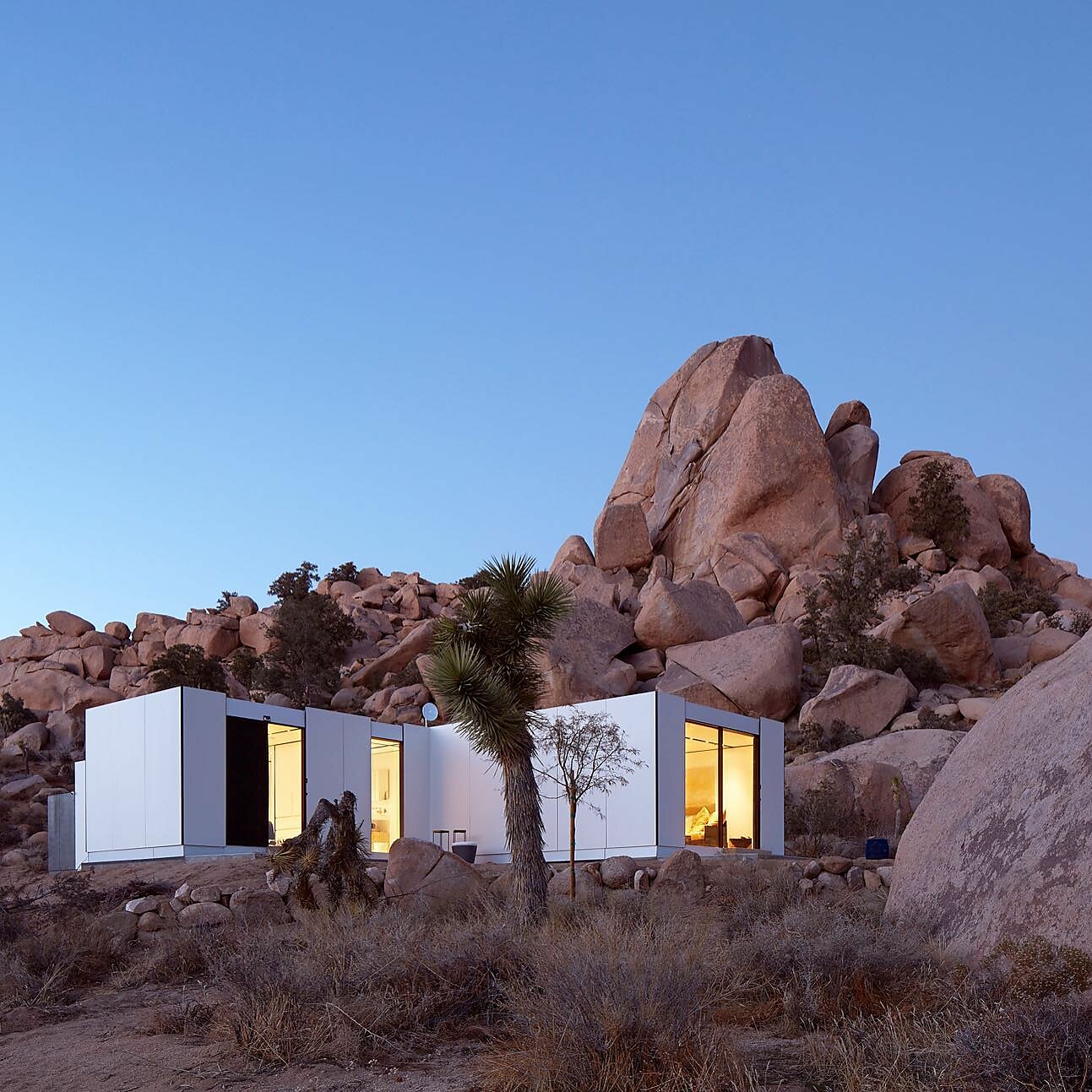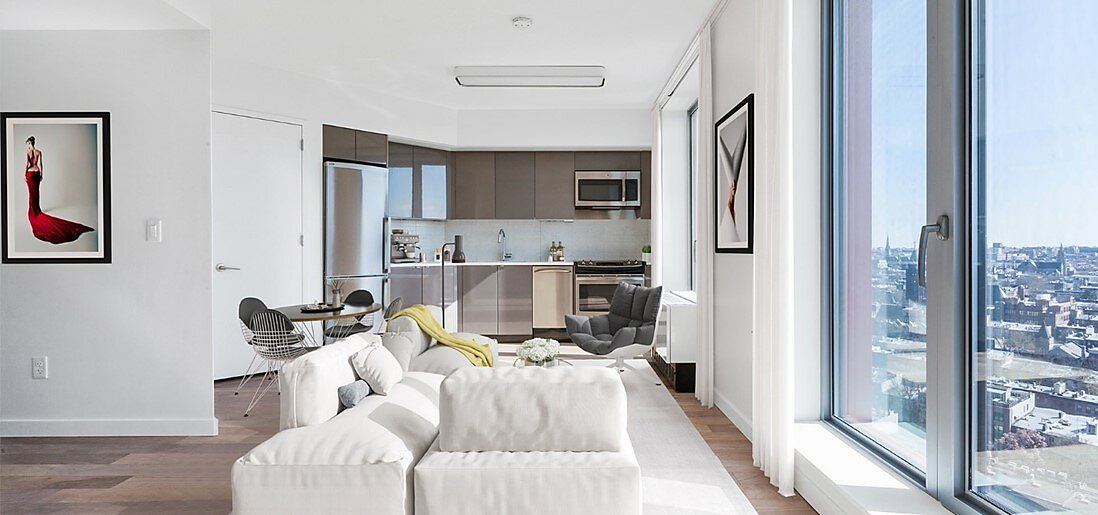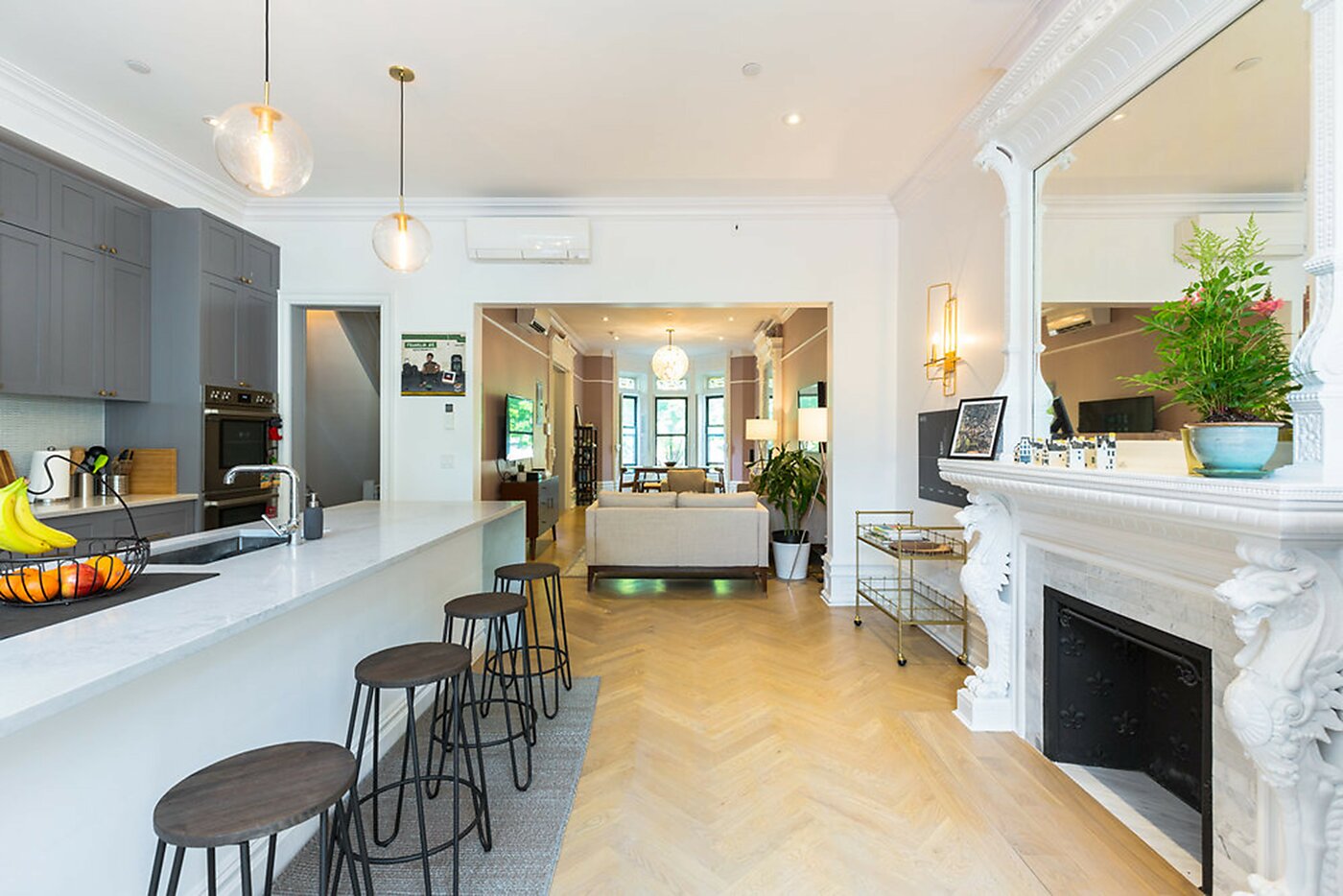Housing Innovation Faces Many Barriers

It is well understood that regulatory policy prohibits the private sector from producing enough housing to meet housing demand. Despite the obstacles, private industry continues to develop innovative strategies for meeting housing needs: for example, modular home manufacturers have expedited the home building process while managing to design aesthetically appealing homes at a substantially lower cost than traditional homes, communal living companies are offering furnished private bedrooms to young adults at lower price points in expensive cities, and short-term rental companies are offering flexible accommodations with amenities as an affordable alternative to hotels.
Unfortunately, innovative housing solutions are not immune to regulatory hurdles. This post explores the role the private sector is playing in providing housing solutions and highlights regulatory barriers that still need addressing by policymakers.
Modular Homes
A modular home is a home built in a factory and then shipped to the building site where a homebuilder does a final assembly. These homes are constructed to the same state and local building codes as traditional stick-built homes but can be built much more quickly, with only a few months to completion. Modular homes receive the same treatment from banks for financing but cost significantly less per square foot than stick-built homes. Unlike manufactured housing, modular housing is set on a permanent foundation like a traditional home.
Recently, a variety of start-ups have invested in designing and developing innovative modular homes. One innovative example is Boxabl, which builds small modular units that can be stacked as high as seven stories. Building most of the components in an assembly line, the company can produce one house every 90 minutes. Another company, Cover, sells higher-end modular homes that are fully loaded with appliances, move-in ready, and can be customized to each buyer.
Image 1. Custom Cover Modular Home

Source: Cover
Unlike most companies, which require homeowners to purchase a lot before construction, Full Stack Modular builds high-rise modular buildings without a property requirement. In 2016, Full Stack Modular developed a 32-story modular building in Brooklyn, New York, which at the time was the tallest modular building in the world (Image 2).
Image 2. 461 Dean Street Modular Apartment

Source: 461 Dean Street
Defying outdated stereotypes, modular units built by some of these companies are virtually indistinguishable from site-built homes, and they are also less expensive than comparable units because of the more efficient production process used to build them.
Recent legislative efforts to legalize accessory dwelling units (ADUs) have helped boost the supply of modular units, which are frequently built as ADUs. From 2016 to 2021, California passed a series of regulatory reform laws, including ones that limited local governments’ ability to manage and restrict ADUs. The state also eliminated local jurisdictions’ requirements that ADUs be owner-occupied and placed limits on the time and fees required to approve housing projects. These changes resulted in an 11-fold increase in ADU permits between 2016 and 2019 in California—with Los Angeles issuing 80 ADU permits in 2016 and 6,747 in 2019. The number of permits could be higher in 2021 and 2022, thanks to a recent bill that restricted the use of covenants, conditions, and restrictions (CC&Rs) that limit the construction of ADUs.
Similar reforms have either been passed or introduced in Oregon, Connecticut, and New York. And while modular ADUs remain a small part of overall housing stock, ADU reforms also generate less political resistance than other regulatory reforms and therefore may be easier to implement. These reforms should be considered by more states.
In addition, since modular homes are subject to the same building codes and zoning requirements as site-built homes, these should be relaxed to make modular homes viable. For instance, minimum lot size requirements make small homes less economical. Other factors that drive up the price of site-built homes, including supply chain disruptions, taxes, and tariffs, also impose a similar burden on modular homes manufacturers and prevent modular homes from offering even more competitive pricing.
Co-living Homes
Single-room occupancy (SRO) housing is defined as a residence that includes multiple single-resident rooms with shared common space, including shared kitchens and bathrooms. Unlike living with roommates, SROs allow tenants to sign individual leases. First popularized in the 19th century as an affordable housing option for working-class people, SROs have mostly disappeared from cities as a consequence of zoning and building regulations.
Recently rebranded as “co-living homes,” SROs have returned to the market and include modern living spaces and amenities. Co-living companies often leverage technology to facilitate room searching and offer community-building experiences such as social events and outings. In cities with young professionals, such as New York City, Los Angeles, Washington, DC, and San Francisco, companies like Common, Dwell, Roomrs and Ollie provide micro-units in fully furnished, all-inclusive service apartments at more competitive rents than traditional apartments of comparable size and amenities. This is possible because construction costs per unit are significantly lower than those in traditional multifamily buildings.
Image 3. Dwell Co-Living Space

Source: Dwell
While co-living companies have gained traction in larger cities, they still face many regulatory hurdles that prevent the model from greater utilization. For instance, density factor, a zoning rule that sets the maximum allowable number of units in a building, discourages the development of micro-units and results in larger units that are not economically feasible for co-living projects.
In New York City, affordable independent residences for seniors (AIRS) and supportive housing are not subject to the density factor regulation, even though all other types of housing are subject to it. This suggests it is an arbitrary limit. After all, individuals should be allowed to live in spaces of whatever size they desire.
Floor area ratio (FAR) regulations also restrict the number of developable square feet of residential space for a given lot size, and thereby limit the density of co-living buildings. Together with regulations including maximum height and lot coverage rules, FAR determines the three-dimensional space that co-living buildings take up and therefore makes them more or less viable. This is especially problematic in higher-density areas near accessible transit.
In NYC, specifically, regulatory barriers for co-living are complex. The city banned the new construction of SRO housing in the late 1950s in response to SROs’ utilization by the newly-deinstitutionalized population. As a holdover from that time, the city’s co-living residents cannot sign individual leases and must co-sign a single lease; otherwise, they risk facing legal action. Co-living companies navigate this restriction in different ways, including by guaranteeing that a tenant will not be responsible for the other tenant’s rent in case of early lease termination (the company will be solely responsible for the payment).
In addition, NYC’s Housing Maintenance Code allows only three unrelated individuals to share a residence and limits room size. But the Code’s most egregious restriction maintains that “rooming units” cannot be constructed unless they are owned, operated, or used by a governmental agency, hospital, or non-profit organization, or built with substantial government assistance. This therefore prohibits the for-profit development of new, market-rate co-living projects.
Flexible Apartment Rentals
The Covid-19 pandemic increased workers’ desire for flexibility in where they live and work. As a result, a growing number of people are looking for flexible rental options, and real estate start-ups have popularized innovative ways to rent out apartments. Well-known options, like Airbnb and Vrbo, allow individual homeowners to rent out their homes for short or even long-term stays. There are also companies like Landing and Blueground which assist owners in furnishing and renting apartments with flexible terms.
Some advocates have complained that short-term rentals are more lucrative and therefore put long-term leases at a disadvantage, but higher daily or weekly rates compensate hosts for the risk they are accepting in agreeing to a short-term lease arrangement. STRs allow entrepreneurial hosts to earn additional income, while providing flexibility and amenities to tenants, and providing a simpler rental process compared to traditional leases.
Still, many cities and municipalities have placed restrictions on STRs, fearing that they drive up rents. For instance, New York state requires that a host be present in the home if an apartment unit is rented out for fewer than 30 days. Similar restrictions are in place for popular tourist cities such as San Francisco, Honolulu, and New Orleans. To further regulate STRs, New York City recently passed a bill that requires hosts to register with the city before renting out their homes short term, which mirrors regulations in cities like Boston and Santa Monica.
Overall, studies find that the impact of STRs on housing affordability are small compared to the impact of zoning regulations on housing affordability. If housing supply was more elastic, STRs could coexist without trade-offs to affordability.
If cities are interested in increasing housing affordability, they should focus on zoning reform to increase housing supply. In conjunction with zoning reform, cities should eliminate STR occupational licensing and registration rules, such as those now enforced in New York City and Washington, D.C..
Conclusion
Regulatory reform is a necessary requirement for improving U.S. housing access and affordability. While companies in the private sector have championed new ways to develop housing to meet changing demands in the face of constraints, current regulations not only limit traditional housing production but also limit innovative ideas meant to act as an alternative. Policymakers should pay closer attention to existing barriers to housing innovations and work to identify and eliminate them.
Special thanks to Yujin Lee for co-authoring portions of this post.
The Department of Housing and Urban Development (HUD)’s national building code requires manufactured homes be built on a permanent chassis.
